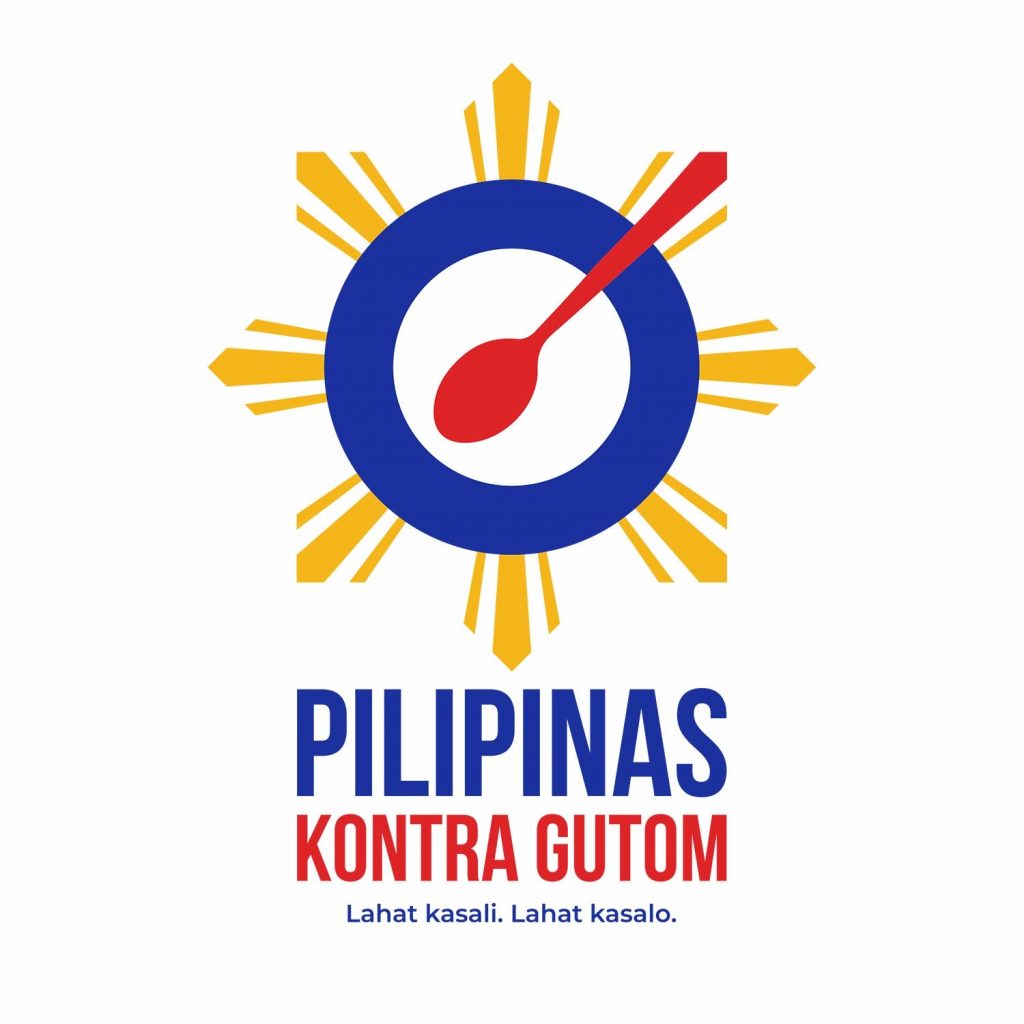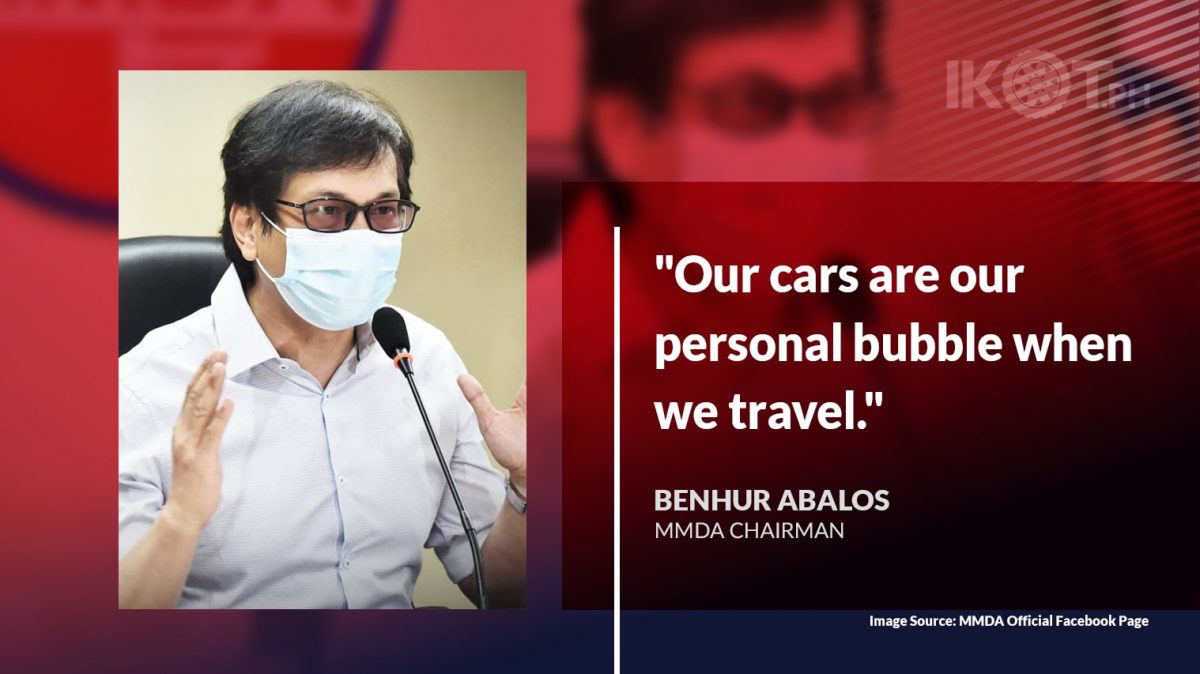The Metropolitan Manila Development Authority (MMDA) stands firm on its decision not to re-implement the Unified Vehicular Volume Reduction Program (UVVRP) or the number coding scheme as traffic is still manageable even if the volume of vehicles on EDSA is slowly nearing pre-pandemic scale.
MMDA Chairman Benhur Abalos said he sees no need yet to impose the number coding policy as there are many factors to consider before introducing changes to EDSA’s traffic condition.
Abalos also noted that public transportation is still not on normal operations, with the 50% passenger capacity limit still in place and said that there’s a need for more public utility vehicles (PUVs) on the road, as there were previous instances when there were not enough PUVs to ferry commuters which resulted to long queues at terminals or loading bays.
“If we implement the number coding scheme now, can our public transport accommodate passengers?”
“If we implement the number coding scheme now, can our public transport accommodate passengers given the minimum health protocols such as social distancing needed to be implemented?” the traffic chief asked.
The traffic head underscored the possibility that once the number coding is re-implemented, people might resort to carpooling which might compromise their health.
“Our cars are our personal bubble when we travel,” he stressed.
Abalos also pointed out that those with one car only would be the ones severely affected if the number coding will be reimposed as they will be forced to use public transport and would therefore add up to the number of commuters lining up for PUVs.
“This will be hazardous to the health of the majority.”
“This will be hazardous to the health of the majority,” he noted.
However, Abalos cited the improved travel speed on EDSA despite the increased vehicular volume along the major thoroughfare.
“Before pandemic, vehicle volume on EDSA was averaging at 405,000 but now, it is about 399,000. However, southbound travel speed is faster now at 27 kilometers per hour, compared to 11 kilometers per hour before the pandemic,” he explained.
Abalos attributed the improved traffic flow on EDSA on the following:
– Implementation of the new busway located at the innermost lanes adjacent to the MRT Line 3
– Opening of U-turn slots along EDSA
– New road infrastructures
– Mabuhay lanes
He urged the public to avoid EDSA and use Mabuhay Lanes and newly-opened roads as alternate routes to avoid inconvenience.
“I am asking for the public’s understanding and utmost cooperation as the government is still addressing the issue of transportation. Mabuhay Lanes serve as alternate routes for motorists who want more options going to their destination,” Abalos concluded.


